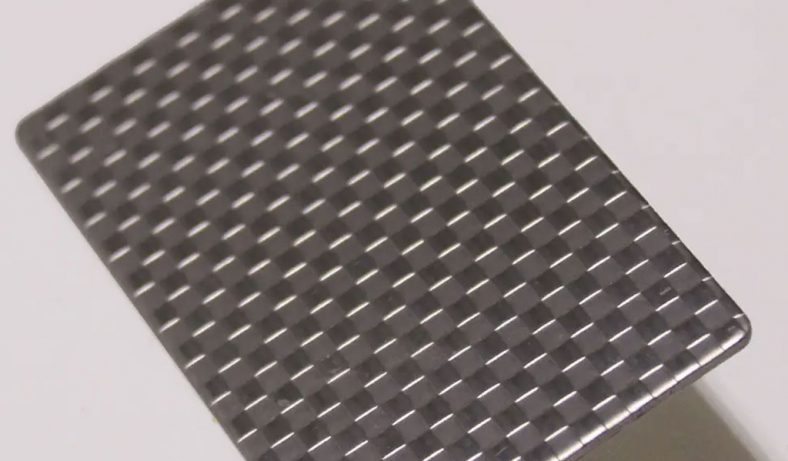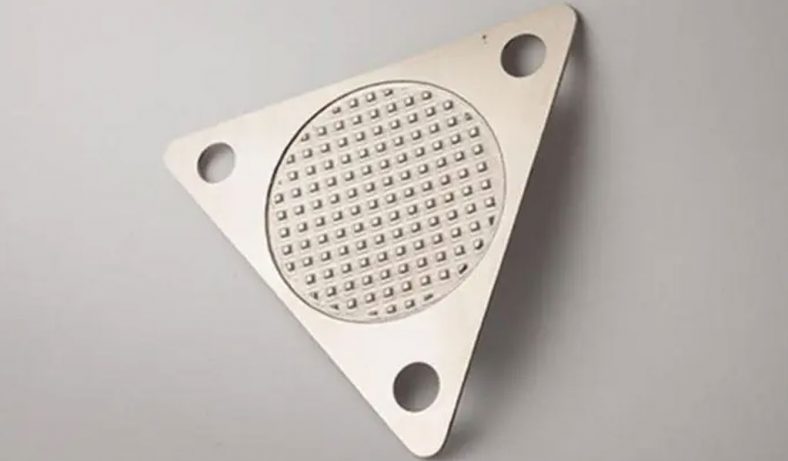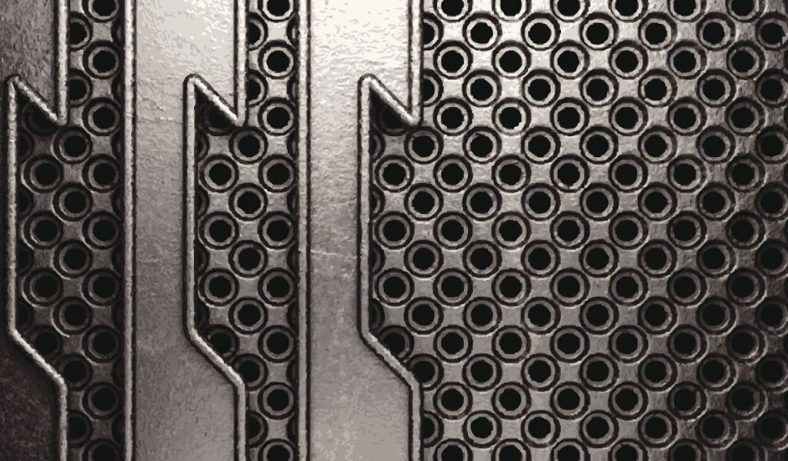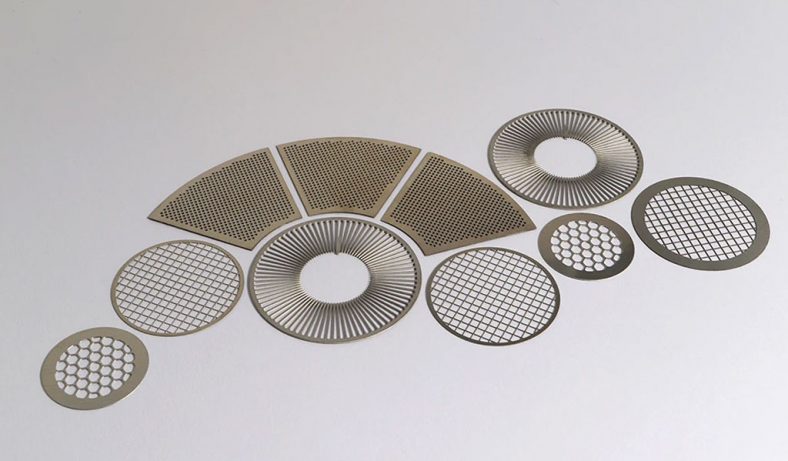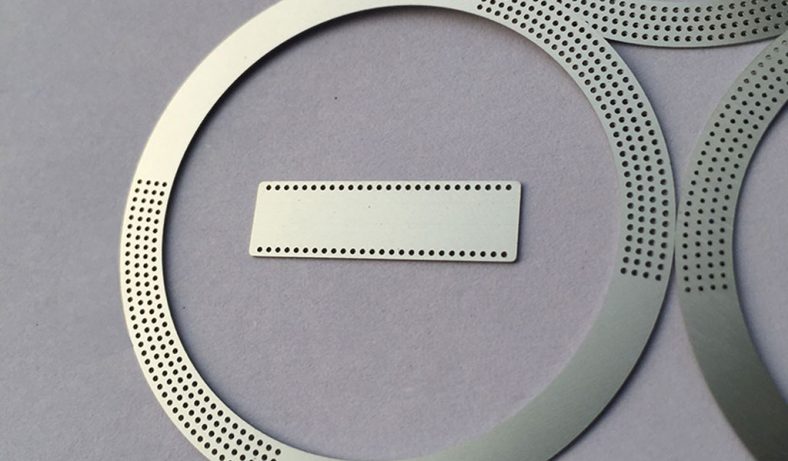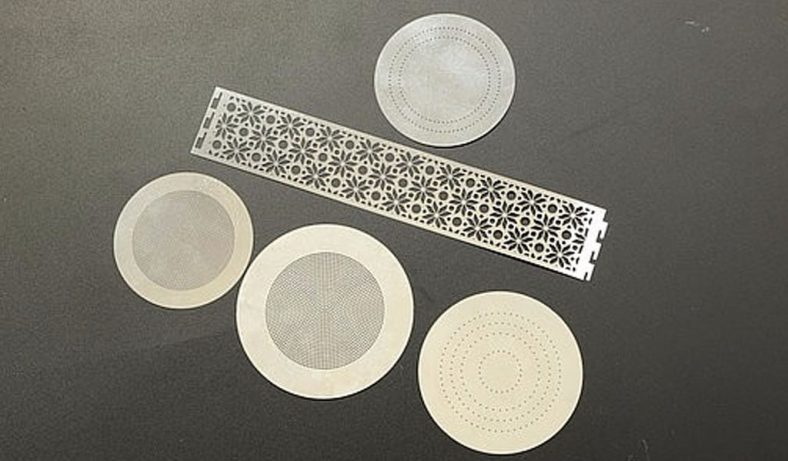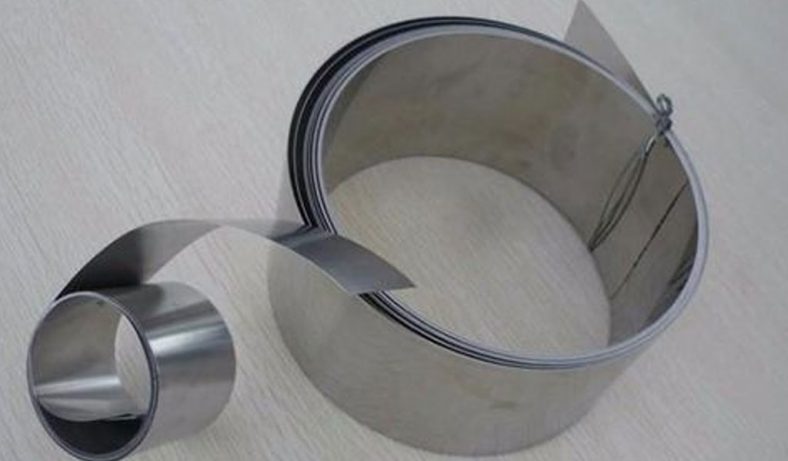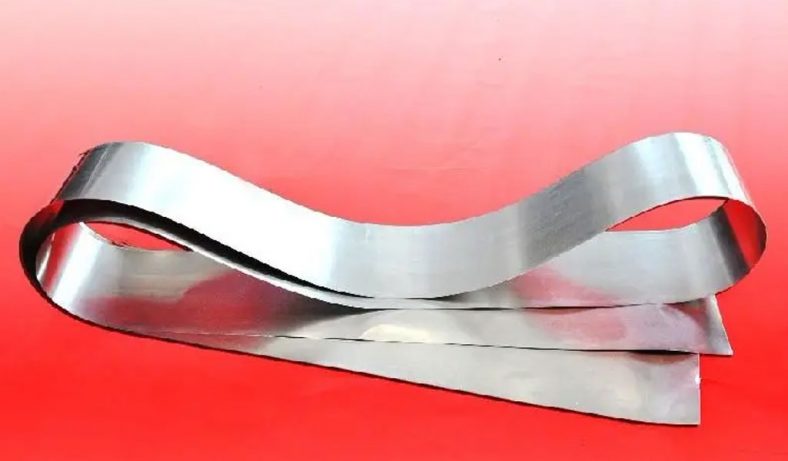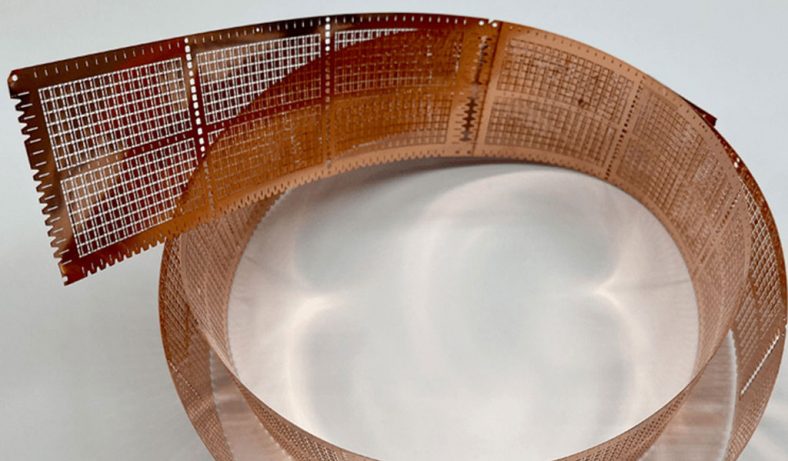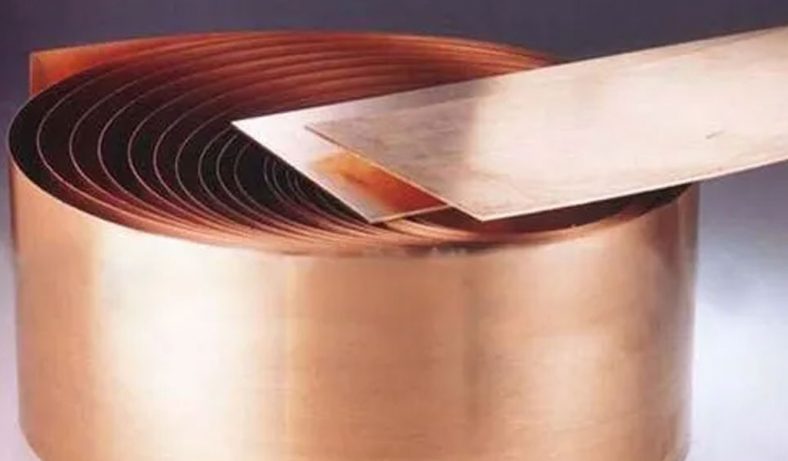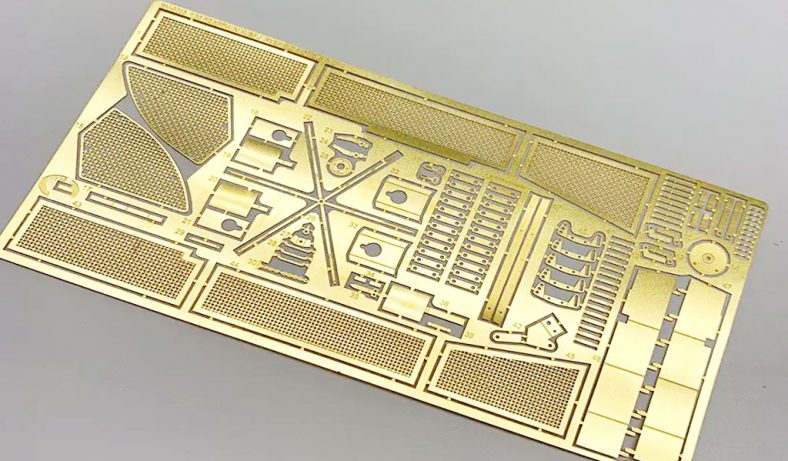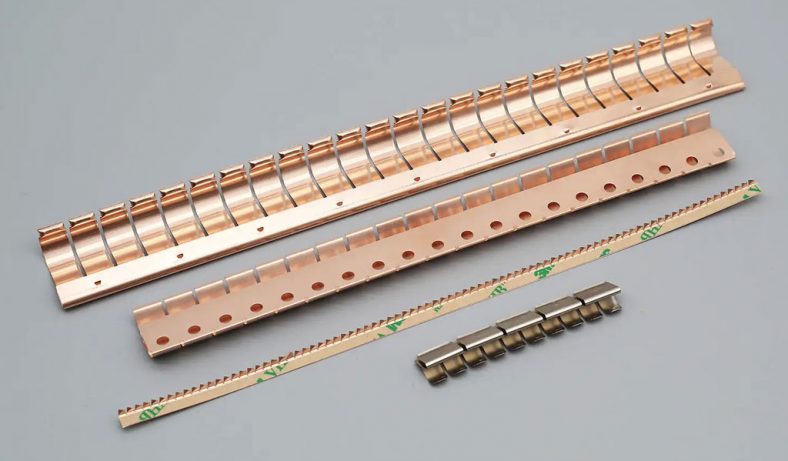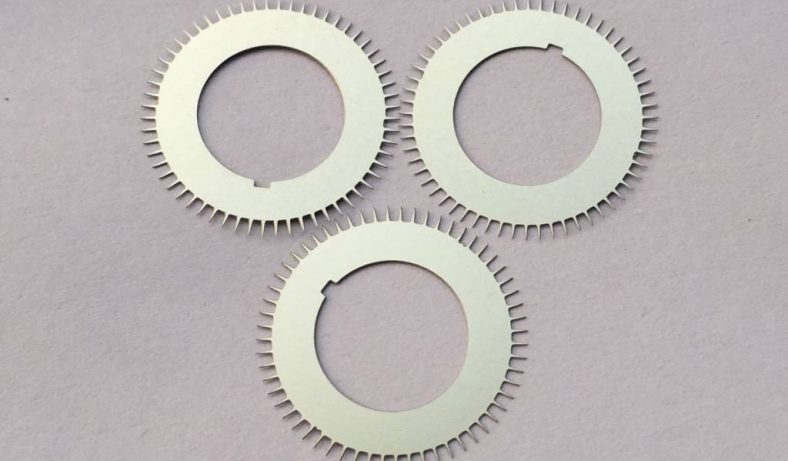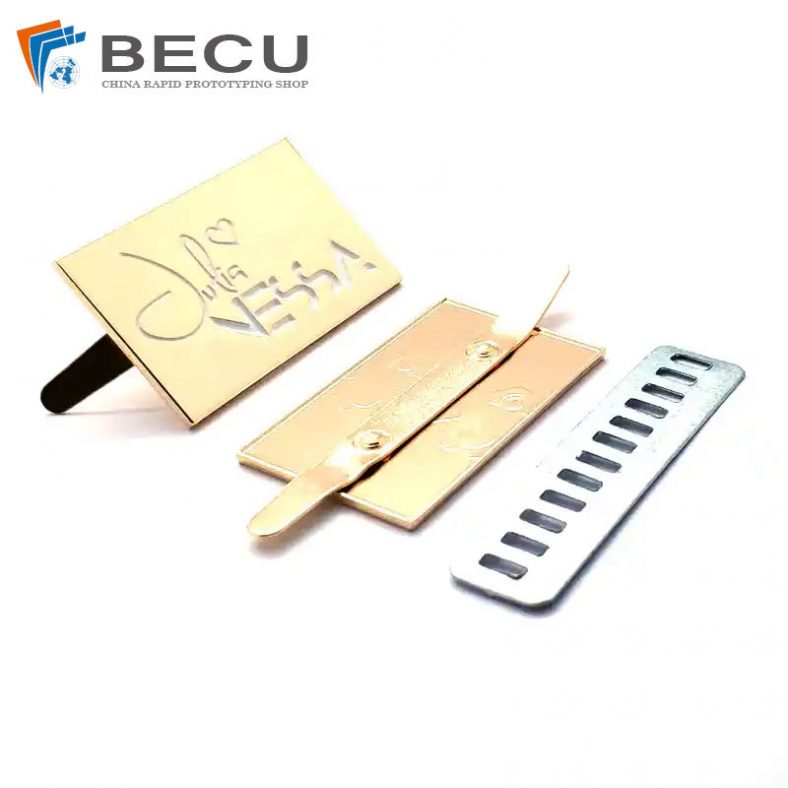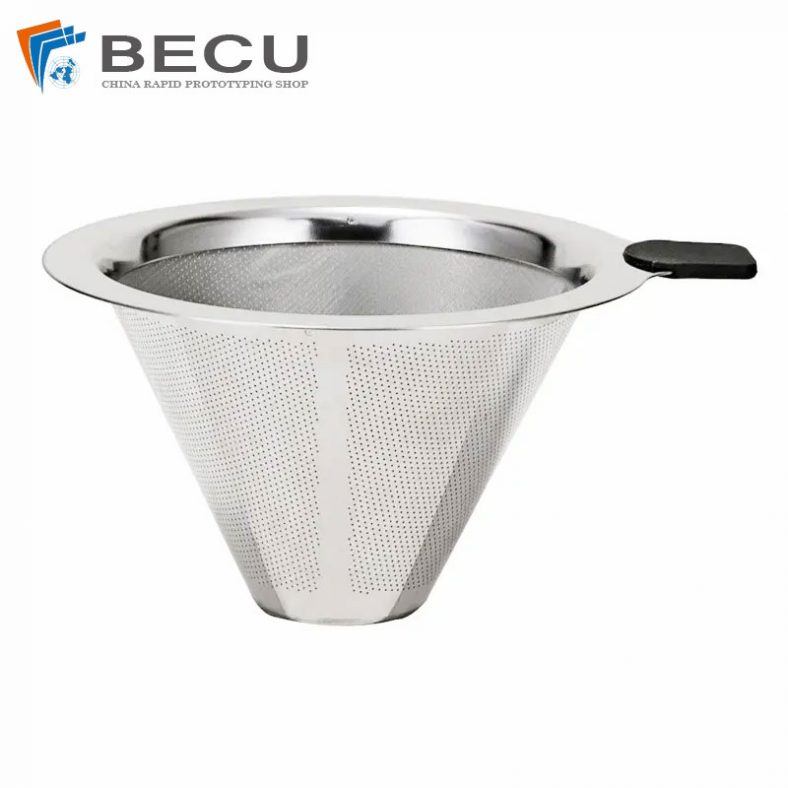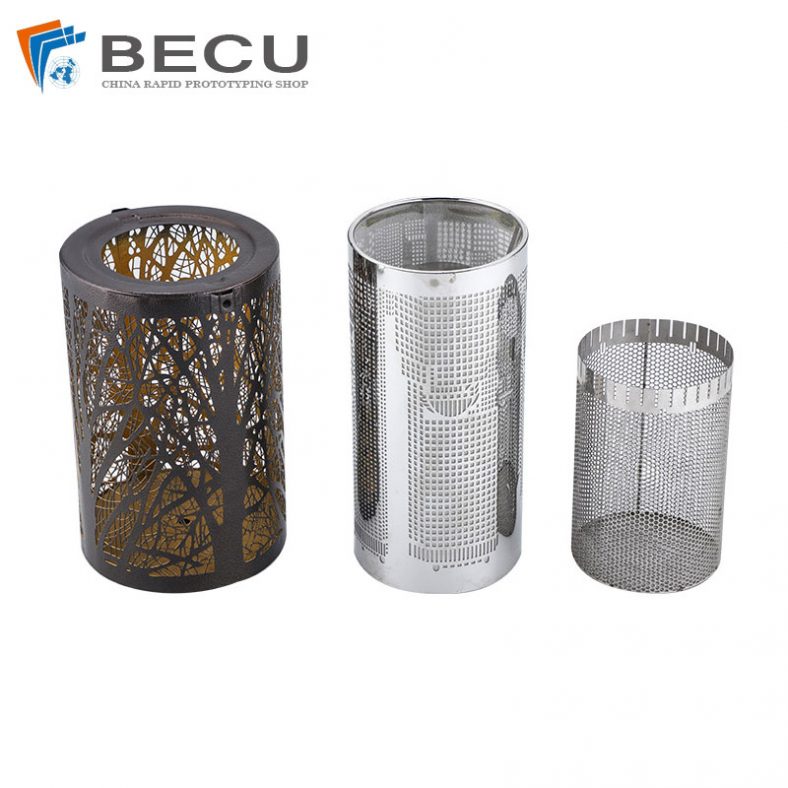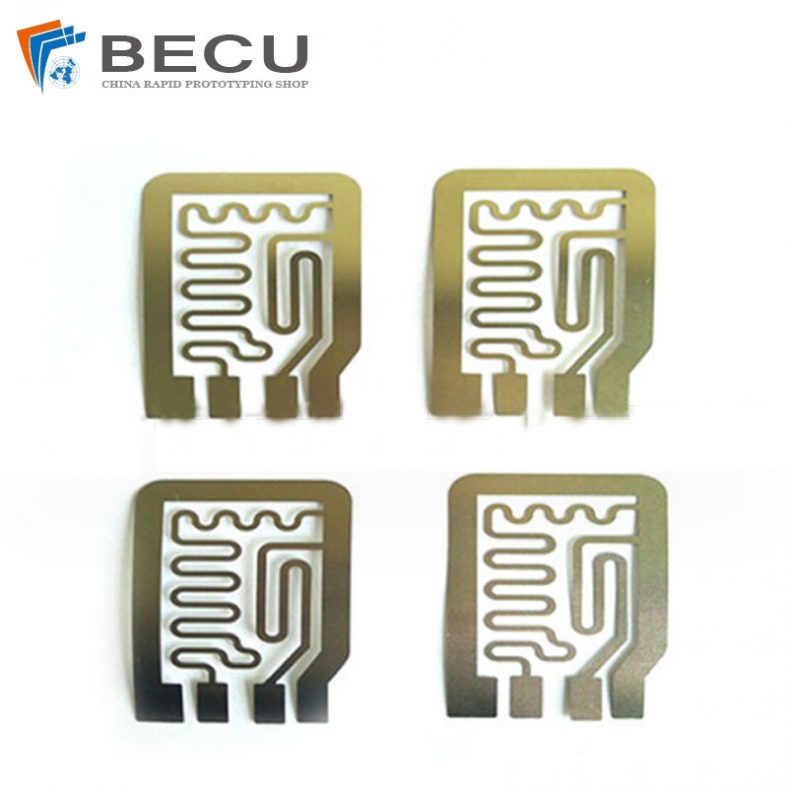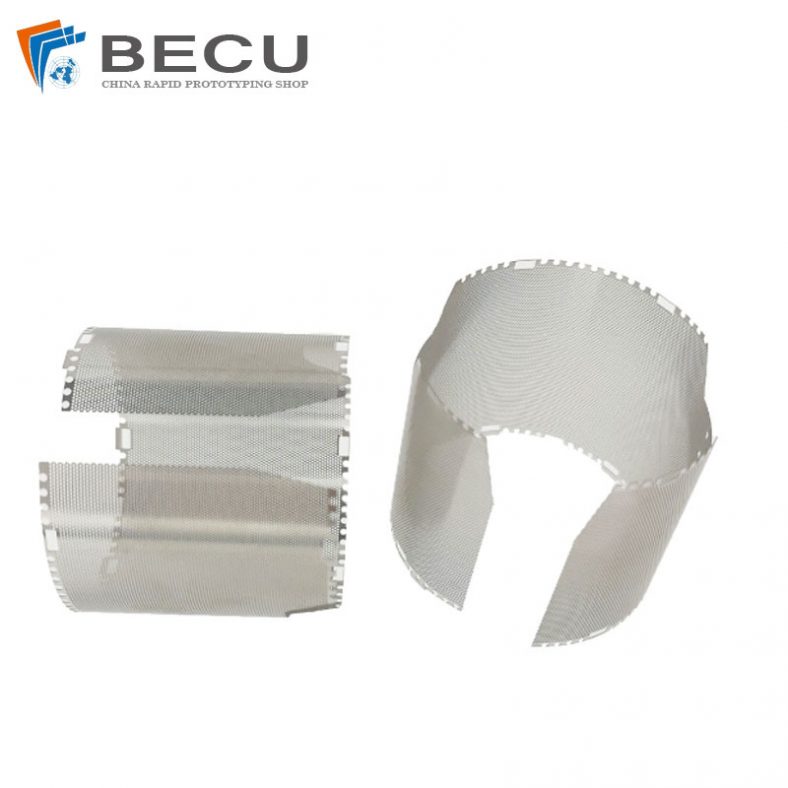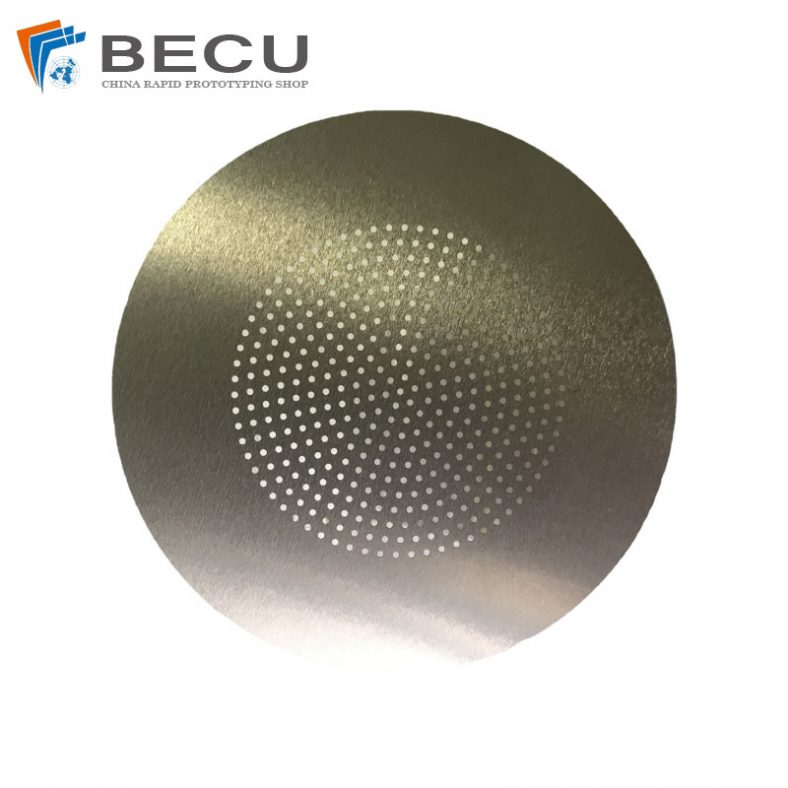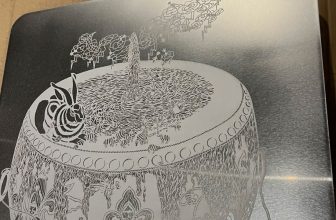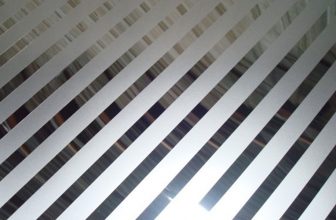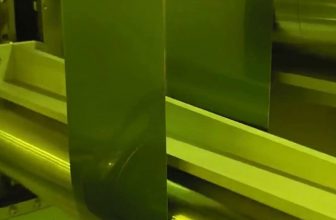In the world of manufacturing, precision and quality are paramount. Any imperfections in the finished product can lead to costly defects, reduced performance, and even safety hazards. One common issue that manufacturers often face is the presence of burrs on metal parts. These sharp, unwanted edges can compromise the integrity of a component, and their removal is essential. While there are various methods to address burrs, chemical etching has emerged as a highly effective and precise solution. In this article, we will explore the benefits and applications of chemical etching in eliminating burrs from metal parts.
Understanding Burrs
Before delving into chemical etching as a solution, it’s crucial to understand what burrs are and why they are problematic. Burrs are small, raised imperfections or rough edges that appear on metal components during the manufacturing process. They can be a result of cutting, stamping, drilling, or milling operations. Burrs not only compromise the aesthetics of the finished product but can also lead to functional issues, such as interference in assembly, reduced durability, and potential safety risks.
Traditional Burr Removal Methods
Traditionally, manufacturers have employed a variety of mechanical methods to remove burrs from metal parts. These methods include grinding, deburring tools, sanding, and even manual labor. While these techniques can be effective to some extent, they often come with drawbacks. Mechanical processes can be time-consuming, labor-intensive, and imprecise. Additionally, they can alter the dimensional accuracy and surface finish of the part, which is undesirable in many applications.
Chemical Etching: A Precise and Effective Solution
Chemical etching, also known as chemical milling or chemical machining, has emerged as a superior method for burr removal in metal parts. This process involves the selective removal of material using a combination of chemicals. Here’s why chemical etching is a highly effective solution for burr elimination:
- Precision: Chemical etching is a highly precise method that allows for the targeted removal of burrs without altering the original part’s dimensions or integrity. It can be tailored to remove burrs of various sizes and shapes, making it suitable for intricate components.
- Consistency: Unlike manual or mechanical methods that rely on human skill, chemical etching offers consistent results with minimal variation. This consistency is essential in industries where product quality is non-negotiable.
- No Physical Contact: Chemical etching does not involve any physical contact with the part, eliminating the risk of introducing new defects or altering the surface finish. This non-contact approach ensures that the part’s original properties remain intact.
- Complex Geometries: Chemical etching is ideal for parts with complex geometries or internal features that are difficult to reach with mechanical tools. It can effectively remove burrs from intricate components.
Applications of Chemical Etching in Burr Removal
Chemical etching’s versatility makes it suitable for a wide range of applications in various industries:
- Aerospace: Burr-free components are crucial in aerospace, where precision and safety are paramount. Chemical etching is used to eliminate burrs on critical components like turbine blades and fuel system parts.
- Medical Devices: The medical industry demands the highest levels of quality and precision. Chemical etching is employed to remove burrs from surgical instruments, implants, and other medical devices.
- Electronics: In the electronics industry, burr-free connectors and contacts are essential for reliable performance. Chemical etching ensures precision and consistency in these components.
- Automotive: Burr removal is vital in the automotive sector for components such as engine parts, transmission gears, and braking systems. Chemical etching is used to achieve the necessary quality standards.
Conclusion
In the world of manufacturing, burrs on metal parts are a common challenge that can compromise the quality, functionality, and safety of products. While traditional methods have their limitations, chemical etching has emerged as a precise and effective solution for burr removal. Its ability to deliver consistent, non-contact, and precise results makes it an invaluable tool in various industries where quality and precision are non-negotiable. As technology and techniques continue to advance, chemical etching is poised to play a crucial role in ensuring the production of high-quality, burr-free metal components.

